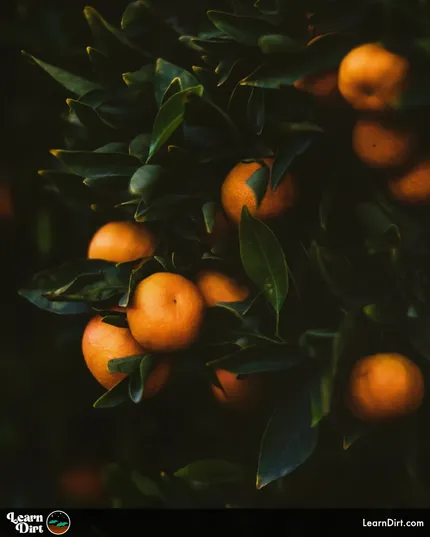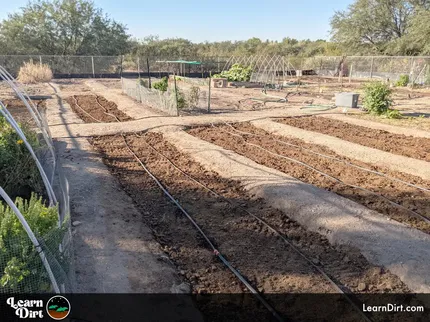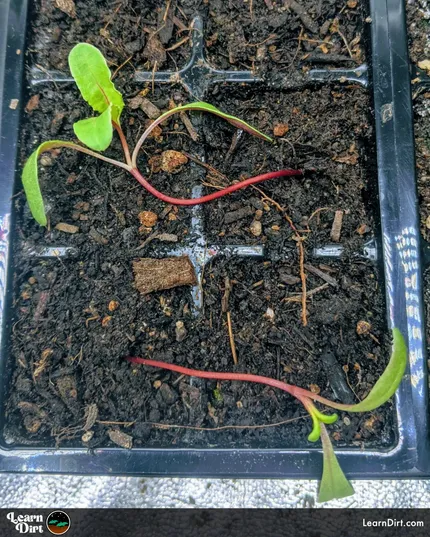Table of Contents
- Why Are Vegetables Sweeter After Frost?
- List of Veggies That Sweeten With Frost
- Frost-Hardy vs. Frost-Sweetening
- Planning for Frost Exposure
* Our articles never contain AI-generated slop *
Because plant cells contain mostly water, and water expands when it freezes, freezing temperatures often threaten to rupture plant cells.
If this happens, it's game over for most plants - so there's a very serious need for a solution if plants are to survive above ground in cold climates...

Why Are Vegetables Sweeter After Frost?
To solve this problem, some plants produce sugars which act as a sort of antifreeze, helping to see them through frosts and freezes.
Disclaimer: This post may contain affiliate links. Refer to the privacy policy for more information.
Coincidentally, most animals find sugar to be delicious, and we humans are no exception. The sugars which are produced by plants to protect themselves from the cold are exactly the reason why we find some vegetables get sweeter after frost!
List of Veggies That Sweeten With Frost
- Amaranthaceae - The Amaranth Family
- Amaryllidaceae - The Amaryllis Family
- Apiaceae - The Carrot Family
- Brassicaceae - The Brassica Family
- Fabaceae - The Legume Family
Frost-Hardy vs. Frost-Sweetening
While the plants listed above are those which explicitly sweeten with frost, many more plant species are hardy enough to tolerate frost without the benefit of sweetening in the process.
Just because a crop you want to grow isn't on the list above does not mean it won't tolerate frosts or hard freezes.
The list is too extensive to post here now, but there are dozens or even hundreds of food crops which are frost-hardy and may make it through winter where you live.
Planning for Frost Exposure
While you may develop an appreciation for light frosts when you taste carrots which have gone through them, every plant has a cold threshold beyond which it won't tolerate.
If the frost or freeze predicted is going to be a little more than "light" or there will be a prolonged hard freeze, you'll probaly want to be proactive about protecting some species from the worst of the frost exposure.
Join The Grower's Community
A FREE, friendly forum
where you can ask questions,
swap tips, and meet like-minded growers 🌱
Check It Out!
Frost cloth, sheets, and blankets can all be used to help keep frost off plant foliage.
Walls of water can protect smaller plants and seedlings from lingering spring frosts.
Soil and roots can be insulated with leaves, pine needles, wood chips, compost, bush and tree trimmings, chop & drop, living mulch, and more.
That's all for now, thanks for reading!
If you have any questions, comments, or would like to connect with fellow gardeners, head on over to the forum and post there.


















![Don't Till Away Your Carbon [Neon] Sticker](/media/product_images/dont-till-away-your-carbon-[neon]_sticker_260x260.png)






